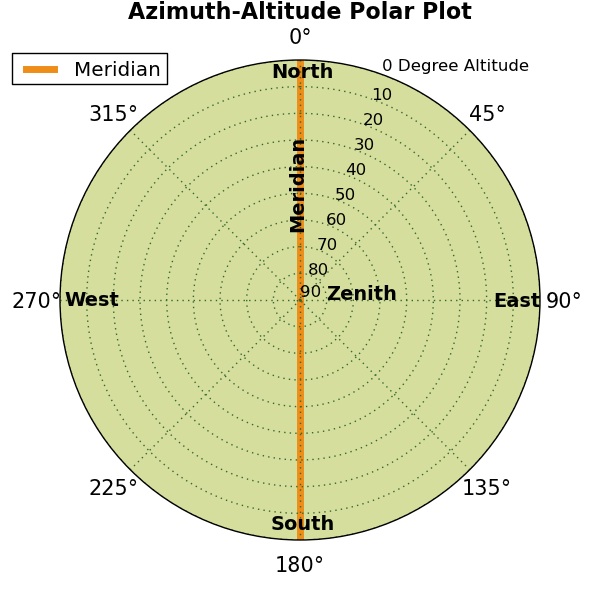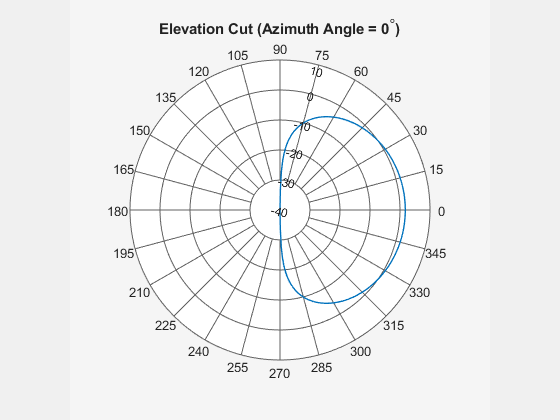
In the file, each plane has 360 values, the horizontal first, followed by the vertical. The antenna file only contains values in the horizontal plane and vertical plane. If the radio beam of a path does not correspond to the direction where the antenna is pointing, the program will use the values in the antenna file to calculate the correction needed. The values in antenna file are used to modify that value. The antenna gain entered in the Coverage is the maximum gain of the antenna. The antenna gain is defined in your Coverage parameters, not in the antenna file. The program normalizes each plane to the maximum value entered and then combines the various relative gains at the appropriate azimuths and elevations to give the relative gain in that direction.Radio Mobile Compatible antenna files (XXXXXX.ant) are text files.Įach line is a relative gain in dB, and are normally zero or negative values.Ī complete antenna file should contain 720 rows. For example: if the co-polarized pattern is in a file “sample.pat” the cross-polarized pattern would be in a file called .Īll values for pattern gain (HP, VP) in the file can either be absolute gain or relative gain. The name of this data file is identical to the name of the co-polarized file except that the extension. Pattern information that defines the relative shape of the antenna pattern with regard to a cross-polarized signal should be entered as a separate data file using the above format. pat be used as the file name extension but this is not absolutely necessary. So that the program can properly normalize the values for internal use, the azimuth and elevation with the maximum pattern value in each case must be included in the file. A comma and/or spaces can be used to separate the fields on each line. In preparing the file, actual, numbers are used in place of the variable names. The structure given above is in generic variable name array notation. VP - vertical plane pattern value in relative field as a decimal fraction, or dB, depending on the value of KYPAT. These angles begin above the horizon (positive) and progress to below the horizon (negative). The 0 degree azimuth slice must always be included.ĮL - elevation angle between +90 and –90 degrees on which the vertical plane pattern value is specified. Value must be in the range of between 0 to 360 degrees. In this case the EDX program will assume unity gain for all vertical elevations at all azimuths.ĪZ_SLICE - the azimuth in degrees for which the following vertical plane pattern points is taken. This line will then be the last line in the file. If there is no vertical plane pattern information, the NUM_SLICES and NELV values should both be 0.

Each azimuth slice must also use the same set of vertical plane elevation angles. NELV - number of vertical plane pattern values that are specified for each azimuth slice. NUM_SLICES - number of vertical plane pattern azimuth “slices” or descriptions which follow in the file.
#ADF ANTENNA FILES FORMAT POLAR OR AZIMUTH ELEVATION CODE#
The maximum number of horizontal plane pattern points which may be listed is 721.ĩ99 - a special code which separates the horizontal plane from the vertical plan antenna data. NR - total number of azimuths listed in the file. HP - horizontal plane pattern value in relative field as a decimal fraction, or dB, depending on the value of KYPAT. These need to be in ascending order in the file. KYPAT=1 for relative field strength KYPAT=2 for relative dB.ĪZR - azimuth from 0 to 360 degrees or -180 to +180 degrees on which the horizontal plane pattern value is specified. KYPAT - the key number which indicates whether the following tabulated pattern data is in relative field strength or relative dB. For cross- polarized antenna patterns this number is the amount of cross-polarization rejection in dB.

Instead, the program normalizes the pattern maximum to the maximum ERP for the transmitter. This number is not used by the program for the co-polarized antenna file.

GAIN - the maximum gain of the antenna in dBi. This name is only used to identify the file it is not used by the program. It must be no more than 20 characters in length and enclosed in single quotation marks.


 0 kommentar(er)
0 kommentar(er)
